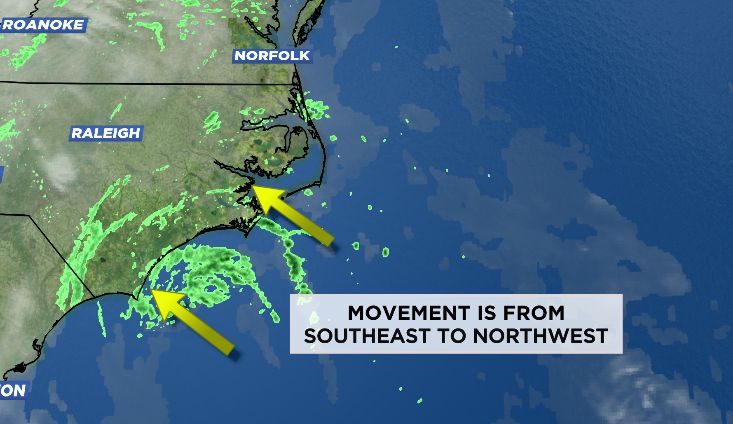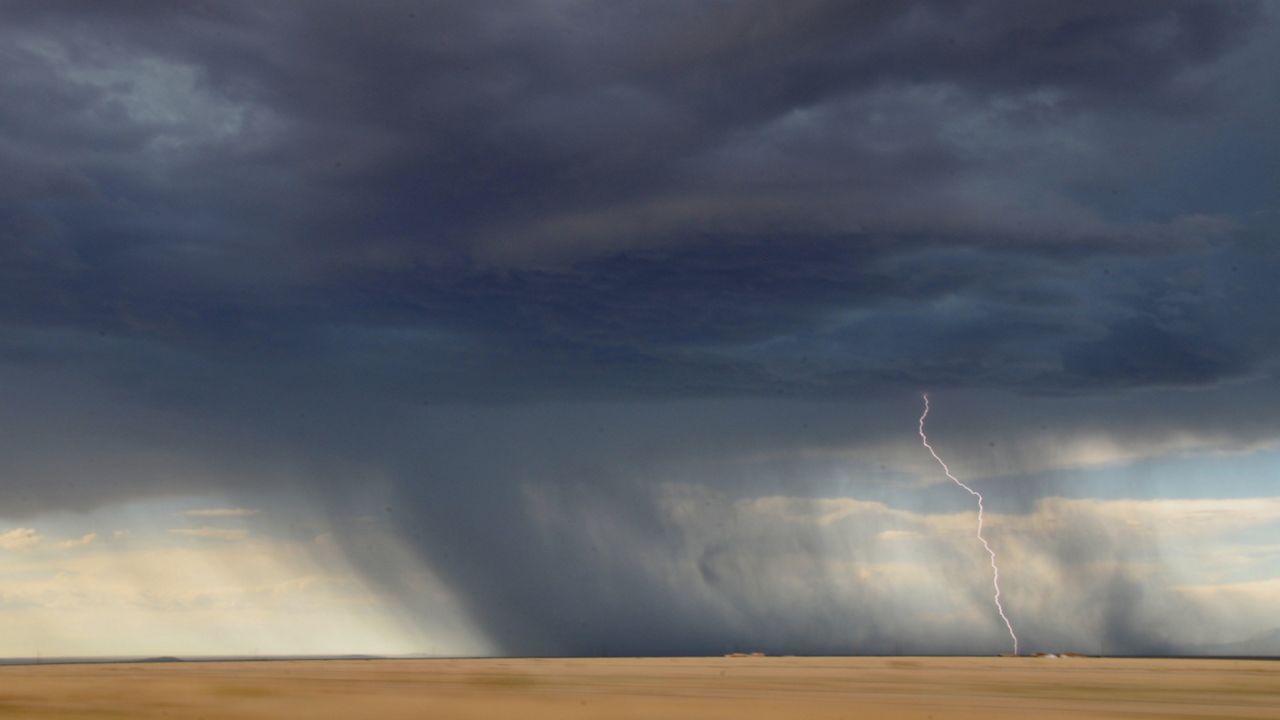More often than not, we look to the west of our area to see storm systems heading our way. However, there are times when we need to shift our focus to other directions.
Like reading a book, meteorologists tend to track weather systems from left to right (west to east) as they move across the country. Have you ever wondered why that general movement is so common?
Well, nothing moves on its own. There must be a force that moves it. In the case of the atmosphere, the jet stream is the force that pushes storm systems along.
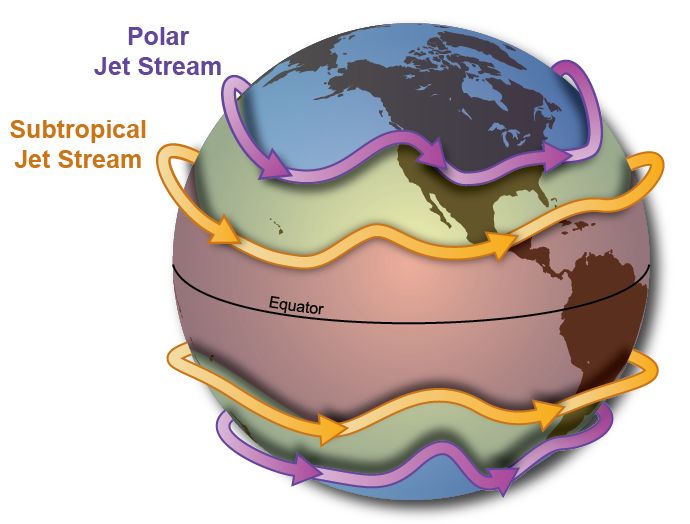
The jet stream, or polar jet stream, is a narrow band of fast-moving air located roughly between 30,000 and 45,000 feet in the air (based on the time of year). It separates the colder air to the north from the warmer air south of it.
The jet stream is nicknamed the "storm track" since systems push from one end of the country to the other, courtesy of the jet stream. However, if a system gets detached from the jet stream, it can meander in place for days without that atmospheric push.
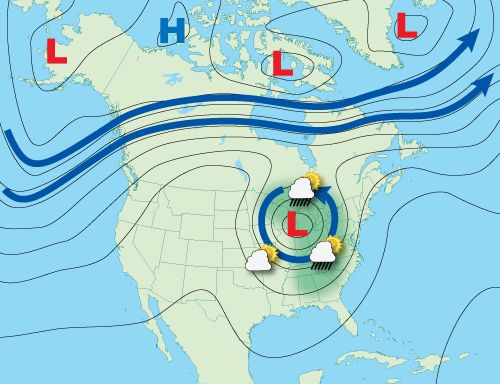
The atmosphere is very dynamic, and you can’t box its behavior into one category. So, there are times when systems move differently from the general west to east direction.
Cold fronts tend to move in from the north, northwest, or west. However, backdoor cold fronts move in from the northeast.
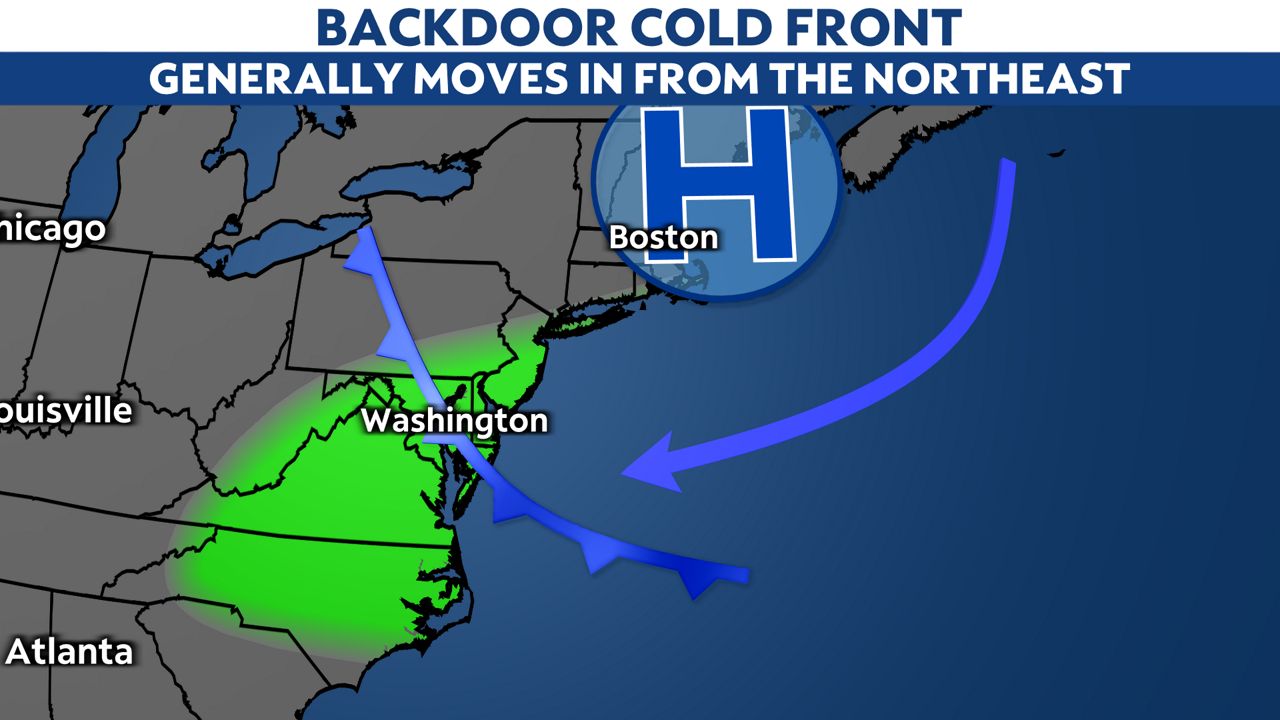
High pressure (positioned in the Northeast) has a clockwise flow, and that northeast wind brings cooler/damp air to an area, usually impacting the Mid-Atlantic or Northeastern U.S. If showers accompany the front, they’re usually light and move in from the east, northeast direction.
Tropical cyclones develop over the warm waters of either the Gulf of Mexico, the Caribbean Sea, or the Atlantic Ocean. They are pushed along by winds known as the "easterlies," which moves them generally from east to west across the tropical waters.

So, when a tropical system makes landfall across the U.S., it often moves in with its rain traveling from the east, southeast to the west, northwest.
